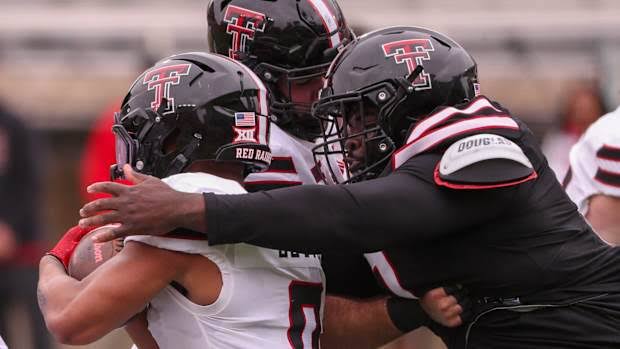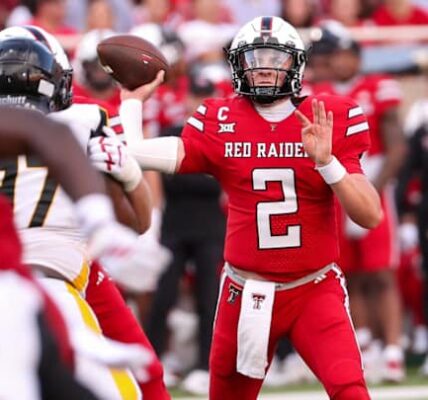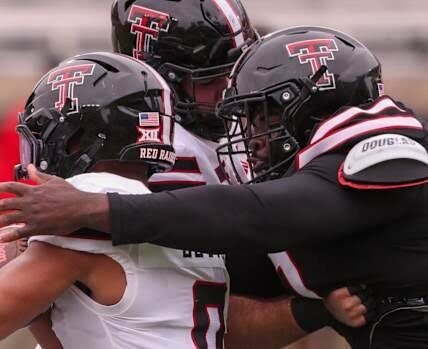Nation’s No. 1 Recruit Sets the Record Straight on NIL After Texas Tech Visit
Savannah, July 18, 2025 – LaDamion Guyton, the nation’s No. 1-rated recruit in the Class of 2027, is clarifying his stance on Name, Image, and Likeness (NIL) offers—especially after his high-profile visit to Texas Tech on June 22.
Speaking to Rivals’ Chad Simmons, Guyton emphasized that his priority is development and reaching the NFL, not chasing the largest NIL purse.
My goal is to get to the NFL, so it is not about me going to the highest bidder with NIL, but to go play for someone who can help me get there and make a lot of money. Money matters to us all, and I want to help my family, but development comes first.”
That announcement comes amid a whirlwind of NIL activity. Texas Tech recently locked down Felix Ojo, a five-star offensive tackle in the Class of 2026, with a fully guaranteed three-year, $5.1 million NIL deal Ojo’s commitment on July 4 became a high-water mark in collegiate athlete compensation, and highlighted Texas Tech’s aggressive strategy in the new NIL era.
But Guyton, playing on the defensive line for Savannah Christian, isn’t motivated by headline-grabbing figures. Over the past two seasons, he compiled 134 tackles, 33 TFLs, 16.5 sacks and two forced fumbles in just 20 games . As a five-star athlete and the country’s top prospect, multiple blue-blood programs are pursuing him—Georgia, Alabama, Miami, Oregon and Texas Tech among them.
Candid in his evaluation, Guyton outlined a clear framework:
- Development first: He’s targeting a program that will maximize his growth and boost his NFL prospects.
- Financially pragmatic: He wants NIL support to help his family—but not at the expense of his athletic development.
- Elite pipeline matters: Texas Tech, for instance, has seen 41 draftees since 2000, including recent first-round pick Tyree Wilson in 2023
Guyton’s honesty not only signals his maturity—it also marks a shift in how top-tier recruits are viewing NIL. No longer just about immediate wealth, it’s becoming an integrated part of recruiting, weighed alongside coaching, facilities, player development, and long-term career trajectories.
As this high-stakes battle unfolds, Guyton is sending a clear message: “It’s not about the money—yet.” And in today’s NIL-fueled recruiting landscape, that stance might be the smartest


